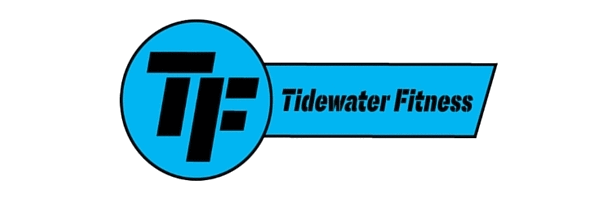“What is the main goal you want to accomplish with training?”
That’s one of the first questions I ask each new client who wants to begin personal training. It’s an important question to answer. If you don’t have a goal, the odds of you starting and continuing your fitness journey are slim.
But with this question comes a lot of vague answers. Some of the most common goals I hear are to lose weight, to feel better, to get stronger, and to be leaner.
These goals aren’t bad goals. But the common theme they present is each one has to do with your physical appearance.
Again, this isn’t a bad thing. Everyone wants to look better, I totally get that. But since these goals are vague and have to do with your appearance, it’s hard to gauge exactly when you accomplish them.
Couple this with the fact that when these goals are made as a New Year’s resolution only 8% of people follow through with them, it’s easy to see why appearance-based goals are hard to complete.
Performance-based goals, on the other hand, are a different story.
A performance-based goal is a goal set to accomplish some type of physical feat. Some examples include:
- Deadlifting 200 lbs
- Performing your 1st chin up
- Doing 10 full push ups from the floor
There are 3 big reasons why this is the perfect goal setting system to use as we head into the New Year.
1. Performance-based goals have a specific, measurable numbers that you can use to track your progress.
As I mentioned earlier, appearance-based goals are vague. For example, the most common training goal I hear is weight loss. But many people have no clue what they should weigh. And to be honest, it’s totally different for everyone.
Everyone has their own unique body, and the weight that works for one individual many not work for another. One person may lose 20lbs and feel they look better than ever. Another person could lose 20lbs and be unsatisfied with their results. This is why appearance-based goals aren’t always the best approach.
Performance-based goals, however, set a specific target or numerical value to accomplish. This allows you to easily track and monitor the progress you make.
2. Performance-based goals help you accomplish your appearance-based goals.
One thing I have found to be true is the stronger you are, the easier it is to accomplish any appearance-based goal. Most performance-based goals will help you get stronger. For example, performing your 1st chin up takes a lot of upper body and core strength.
Building muscle and losing fat are two key components of getting stronger. Not only that, but they will help you look better too. Once you start working towards your performance-based goals, you’ll find these two things happen naturally.
3. Performance-based goals offer variety to keep training fresh and fun.
There are typically two paths an individual will take when setting New Year’s resolutions. In the first, they will lose motivation to continue and quit trying to accomplish their resolution all together. In the second, they will complete their resolution but eventually fall off the wagon.
It’s much harder to lose motivation with performance goals because there are so many to choose from. This will keep training varied and fresh throughout the year. Using our 3 example goals from above, you could work to accomplish them one at a time.
Doing so, would offer months and months of training with different goals to keep you focused. And that will ultimately help you accomplish each and every goal you set.
So this New Year, go ahead and set a resolution. But don’t base it solely on your appearance. Make it some type of physical feat that you’ve wanted to accomplish.
It could be anything like completing a Tough Mudder race, squatting your own bodyweight, or running your 1st 5k. There are hundreds, if not thousands, of performance-based goals you can set.
This will provide the exact formula you need to be successful in 2017! Here’s to a great New Year!






